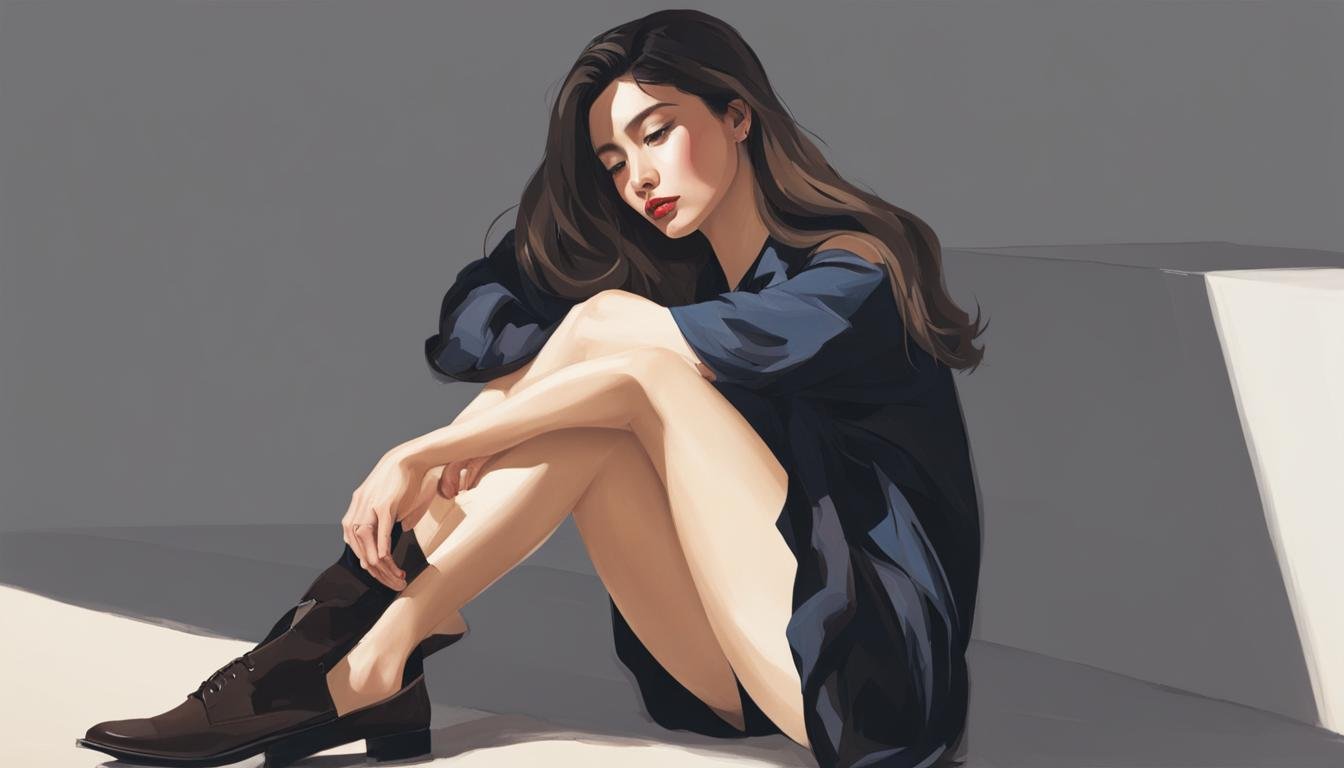Hair twirling is a common habit known as a fidget behavior. It is often seen in children as a way of self-soothing, dealing with boredom, or winding down before bedtime. However, hair twirling can also be a sign of an underlying health condition. It can lead to hair breakage, split ends, and even hair loss. In some cases, hair twirling can escalate to become a body-focused repetitive behavior or a symptom of trichotillomania, a mental health condition characterized by the urge to pull out one’s own hair. Hair twirling can also be a symptom of anxiety or obsessive-compulsive disorder.
When it comes to body language, hair twirling can send subtle messages. if you’re twirling your hair, it can indicate nervousness or anxiety. In psychology, hair twirling is often analyzed as a nervous habit, a sign of stress, or a way to cope with boredom. Understanding the meaning behind hair twirling can provide valuable insights into a person’s state of mind and emotional well-being.
Exploring the causes and effects of hair twirling is essential for understanding its implications. In the following sections, we’ll delve into hair twirling causes in adults, as well as examine the causes of hair twirling in toddlers and older children. Whether you’re trying to determine if hair twirling is a harmless habit or a sign of an underlying condition, this article will provide the answers you’re seeking.
Hair Twirling Causes in Adults
Hair twirling in adults can be attributed to various causes. It may be a habit carried over from childhood or a way to alleviate boredom and wind down when feeling tired. Hair twirling can also be a sign of anxiety, with individuals twirling their hair as a means of coping with nervousness or intrusive thoughts. In some cases, hair twirling can be a symptom of obsessive-compulsive disorder (OCD), especially when accompanied by other OCD symptoms such as upsetting thoughts or rituals. However, hair twirling alone is not enough to suggest a diagnosis of OCD.
“I often find myself twirling my hair when I’m in stressful situations. It’s like a subconscious soothing mechanism that helps me calm down and refocus,” said Dr. Emily Roberts, a psychologist specializing in anxiety disorders.
It’s important to note that hair twirling as a nervous habit or a sign of anxiety does not necessarily indicate a serious underlying condition. Many individuals engage in hair twirling as a harmless self-soothing behavior and do not experience any negative consequences. However, if hair twirling becomes excessive or starts to interfere with daily activities, it may be beneficial to seek professional guidance to explore potential underlying causes.
The Relationship Between Hair Twirling, Stress, and Boredom
Stress and boredom can also contribute to hair twirling in adults. When feeling stressed or overwhelmed, individuals may unconsciously twirl their hair as a way to release tension and distract themselves from the source of stress. Similarly, hair twirling can be a subconscious response to boredom, providing a sensory experience or a mild form of stimulation.
In fact, a recent study conducted by the University of Psychology found a correlation between hair twirling and levels of stress and boredom in adults. The research suggested that individuals who reported higher levels of stress and boredom were more likely to engage in hair twirling as a coping mechanism.
While hair twirling itself may not be harmful, excessive twisting and pulling can lead to hair damage, including breakage and split ends. It’s important to be mindful of this behavior and practice healthier stress management strategies, such as deep breathing exercises, mindfulness, or engaging in hobbies that promote relaxation.
| Possible Causes of Hair Twirling in Adults | Manifestation | Effects |
|---|---|---|
| Childhood habit carried into adulthood | Unconscious, repetitive hair twirling | Minimal to no negative effects |
| Means of coping with anxiety and nervousness | Conscious hair twirling during stressful situations | Temporary relief from anxiety; may cause hair damage if excessive |
| Possible symptom of obsessive-compulsive disorder (OCD) | Compulsive hair twirling accompanied by other OCD symptoms | Requires further evaluation and professional guidance |
| Response to stress and boredom | Unconscious hair twirling as a form of self-soothing or mild stimulation | May relieve stress and boredom temporarily; excessive twirling can cause hair damage |
Causes of Hair Twirling in Toddlers and Older Children
Hair twirling in toddlers and older children is a common behavior that often serves as a coping mechanism for stress or fatigue. Young children may find it challenging to express their emotions verbally, so they develop physical behaviors like hair twirling to self-soothe and find comfort in difficult situations.
While hair twirling is not necessarily indicative of autism, it can be associated with a form of stimming or self-stimulation often observed in individuals on the autism spectrum. This repetitive behavior provides sensory feedback and helps children regulate their emotions. However, it’s important to note that hair twirling alone is not enough to conclude that a child requires further evaluation for autism.
It’s essential for parents and caregivers to understand that hair twirling in toddlers and older children can be a natural response to stress, fatigue, or the need for self-comfort. Encouraging healthy coping mechanisms, such as engaging in calming activities or offering comfort objects, can help redirect this behavior if it becomes excessive or problematic. If concerns persist, consulting with a pediatrician or child psychologist can provide additional guidance and support.
